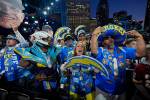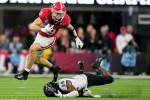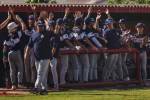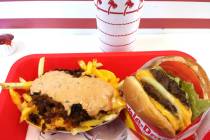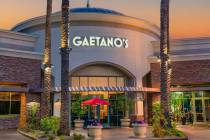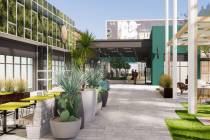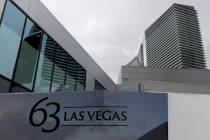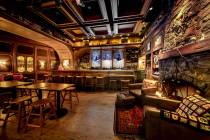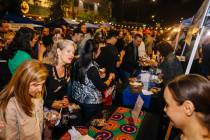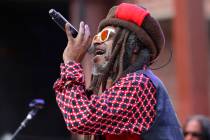Tony Abou-Ganim on revolutionizing the Las Vegas beverage scene
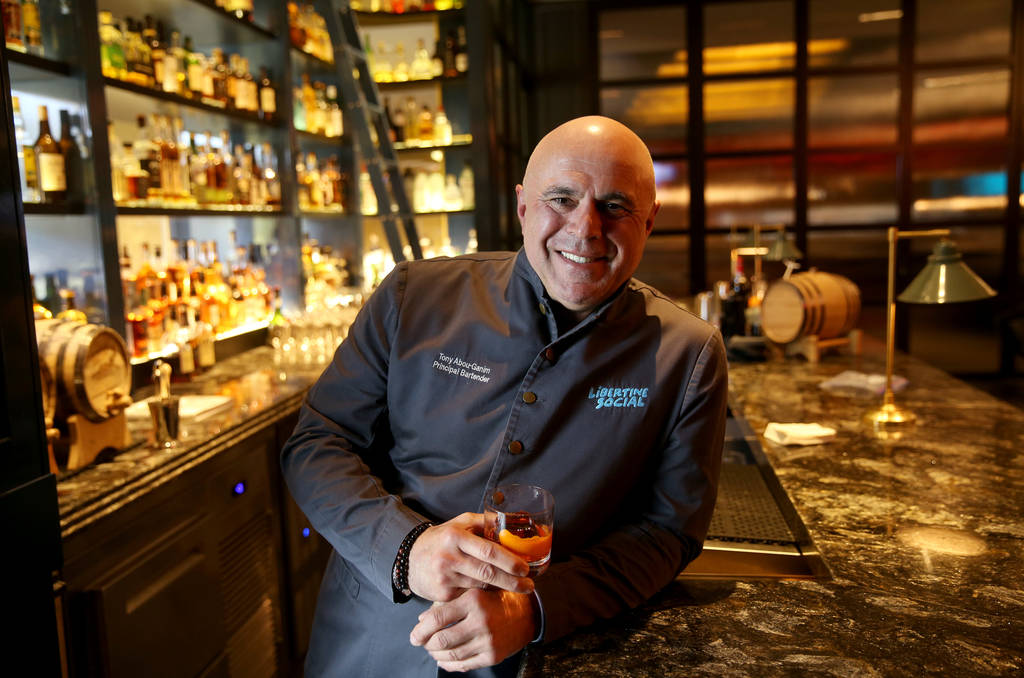

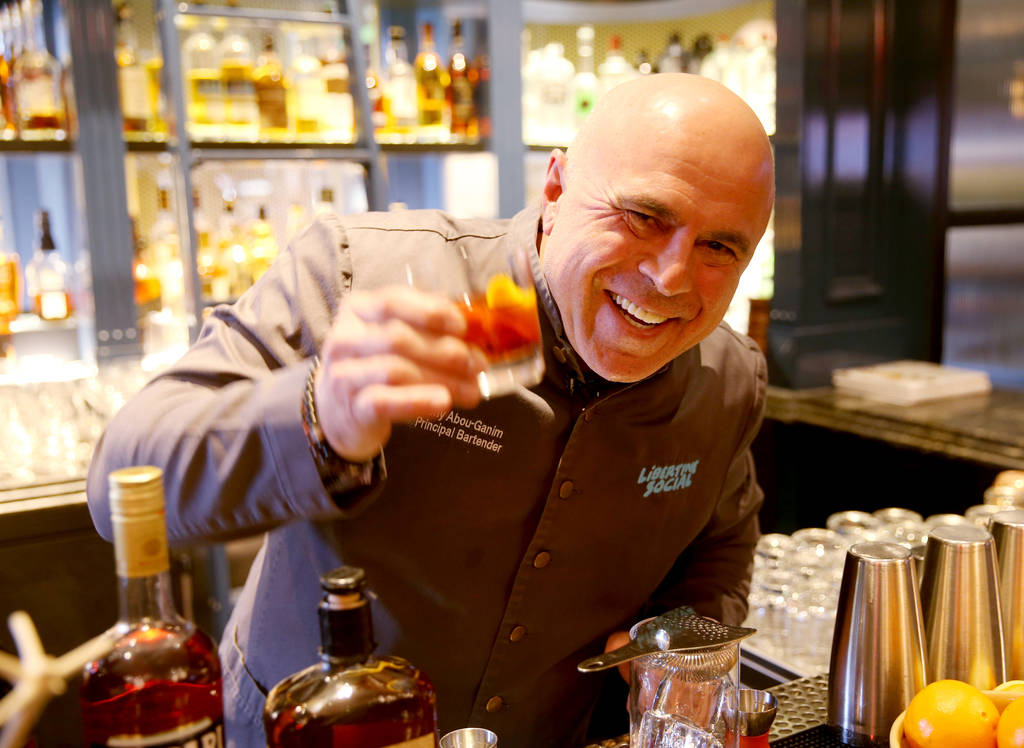

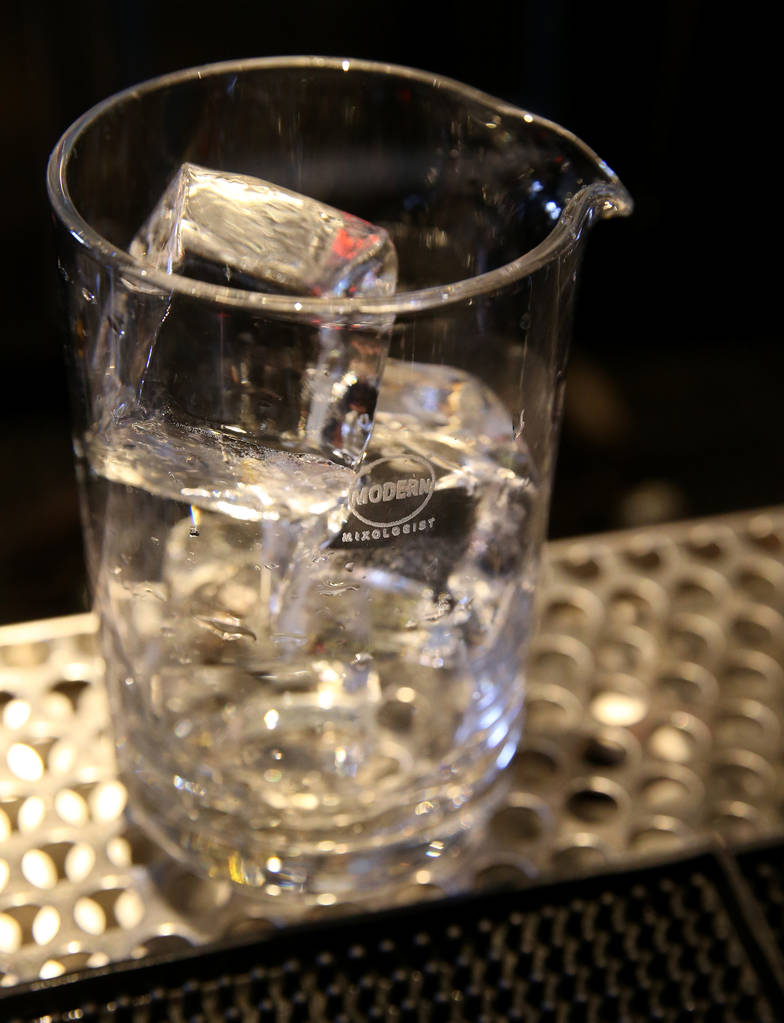
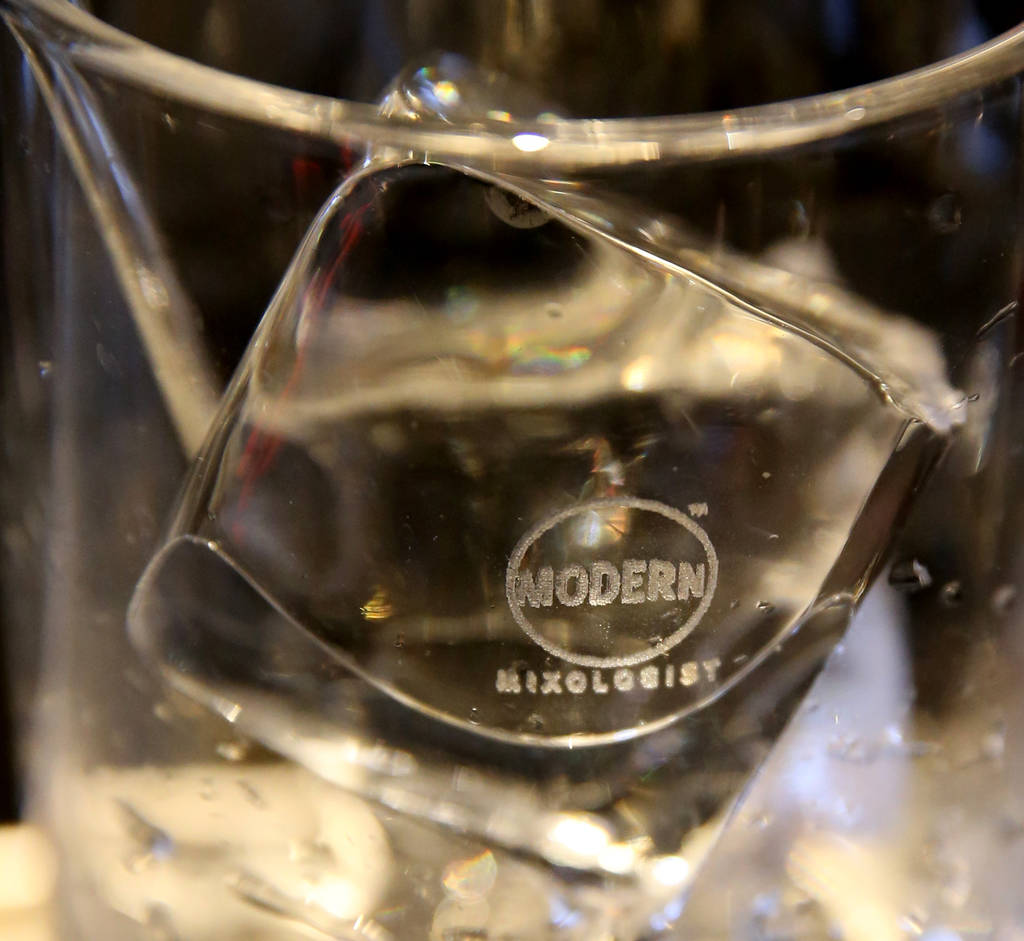
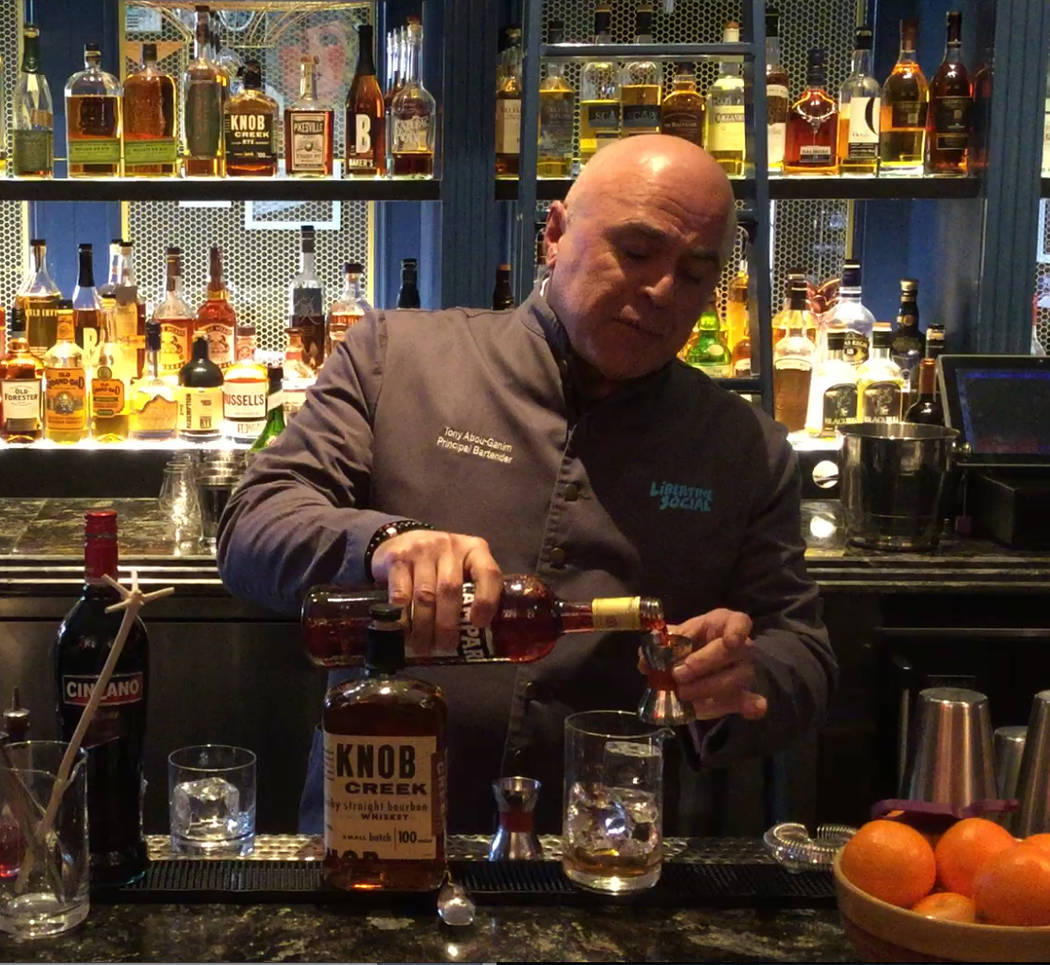
Tony Abou-Ganim, known nationally and internationally as the Modern Mixologist, was born in Port Huron, Michigan, and as a child would sometimes visit The Brass Rail bar, owned by his cousin Helen David since 1937, for a Shirley Temple and a bag of chips. While a 20-year-old college student in 1980, he started working there.
To help pay their way through college, a “flat broke” Abou-Ganim and his younger brother, David, operated an “old-fashioned bartending service,” kind of like a catering service. After college he went to San Francisco “with a degree in business administration tucked in my pocket and my sights set on being a stockbroker.”
When that didn’t work out, he went to New York to try acting, appearing in an Alka-Seltzer Plus Cold and Flu spot in 1993. Broadway wasn’t calling, but while in New York he met Dale DeGroff, who would become legendary as the King of Cocktails. After two years it was back to San Francisco and The Starlight Room, where, he said, he had a “lightbulb moment: There’s a lot more to this profession than I give it credit for. I decided to pursue it as a career.”
Though he intended to never leave San Francisco, through DeGroff he was approached by Bellagio in 1998. As the property’s beverage specialist, he was responsible for the development of drinks served by 200 bartenders. He left in 2004 and since has published “The Modern Mixologist” beverage guide, become a partner in Libertine Social at Mandalay Bay, hired to lead the beverage program at T-Mobile Arena and been involved with various consulting projects.
Review-Journal: How have you influenced mixology in Las Vegas?
Tony Abou-Ganim: It’s been a great ride; I’ve been on the cutting edge. With the opening of Bellagio, it was a fantastic stage to perform from. The bartending staff we were blessed with were all excited. I can teach you how to make a great Negroni; I can’t teach you to be passionate about it. In ’98, the whole concept of fresh cocktails didn’t exist — squeezing limes a la minute. A friend from San Francisco brought in lime squeezers three days before opening. We were crushing ice with a meat tenderizer. After we introduced the mojito at Petrossian in ’99 as part of a program of Latin cocktails, we got an order for six, and I was crushing all that ice with a meat tenderizer. The people who ordered them told us a story. They said they’d heard about the mojito and had ordered them when they were at the Rio, and that the server had said, “Where do you think you’re at, the Bellagio?” So they came to the Bellagio.
Has cocktail culture evolved beyond what you expected?
I don’t think we realized the impact we were going to have. It all transformed to this great experience. At Bellagio, the most requested recipe is for the Cable Car (which he created in 1996 at the Starlight Room in San Francisco). I almost didn’t bring it to Bellagio.
How has the culinary revolution affected the evolution of the cocktail?
I think immensely. Not only in the understanding of recipes, but like the mother sauces (which beginning chefs must learn), you master the classics and riffs on the classics. That, coupled with the culinary approach to things like infusions.
Why are the classics back?
Classics become classics for a reason. They stand the test of time. They’re simple — three or four ingredients. The Cable Car is known nationally and internationally. I wonder why there haven’t been more classics created recently. I guess time will tell.
Tell us about your charitable work.
I started the Helen David Relief Fund in 2010 in memory of my cousin. She was very philanthropic and probably instilled that in me. Like a lot of bar owners, she was always supporting local sports teams, but we rarely do something for our own. The purpose is to help bartenders, primarily with breast cancer (Helen David was a two-time survivor), but to a small degree other cancers. (The main fundraiser is the annual For the Love of Cocktails event, and Abou-Ganim’s Team Negroni runs 40-mile bicycle rides around the country; last year there were 13.)
What’s next?
I’m still focused on Libertine Social and the T-Mobile Arena. I don’t see it letting up at all. And I’m headed back to Detroit with my partners Shawn McClain and Richard Camarota for a project at the Renaissance Center. There’s a resurgence downtown; this won’t resolve it, but it’ll help. There will be two restaurants; one will be steak-driven, one casual, with a bar in between. If the drawings do them justice, they’ll be beautiful.
Contact Heidi Knapp Rinella at Hrinella@reviewjournal.com or 702-383-0474. Follow @HKRinella on Twitter.
More about Tony Abou-Ganim:
— Favorite vacation destination?
To relax, I travel to Hawaii. To eat, I travel to Paris.
— Where would you live if not Las Vegas?
I would live in Hawaii. It’s such a beautiful environment and always relaxes me.
— Hobbies or pets?
I am a bicycle and motorcycle enthusiast. I have two dogs, George and Charlie, who are Border Collie mixes.
— Currently reading?
“Travels With Charley in Search of America” by John Steinbeck.
— Food you could eat every day?
I would eat pasta every day if I could. It’s so delicious and can be prepared in so many ways.
— Phobia?
I am incredibly scared of heights.





